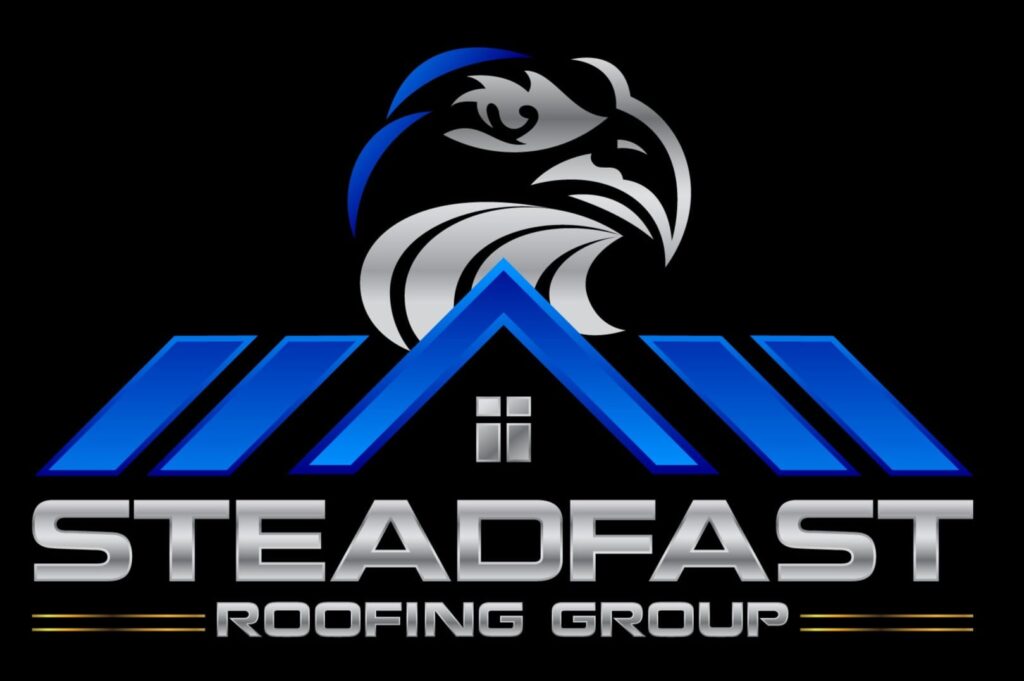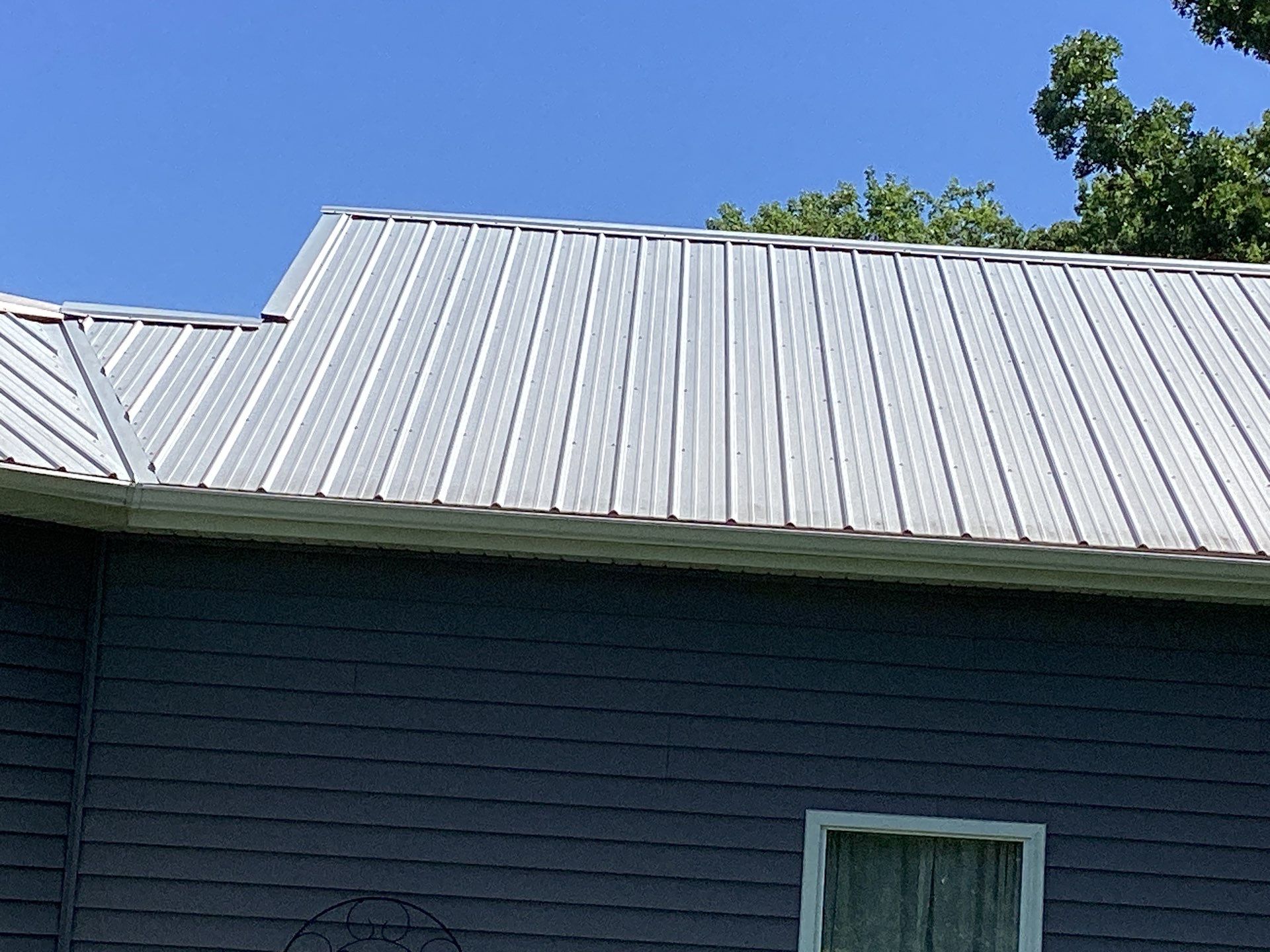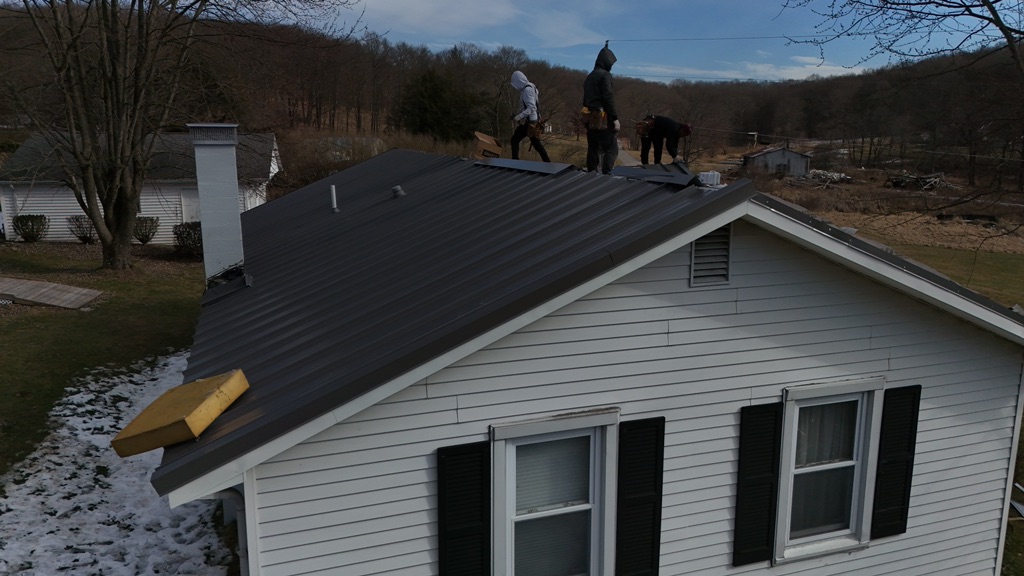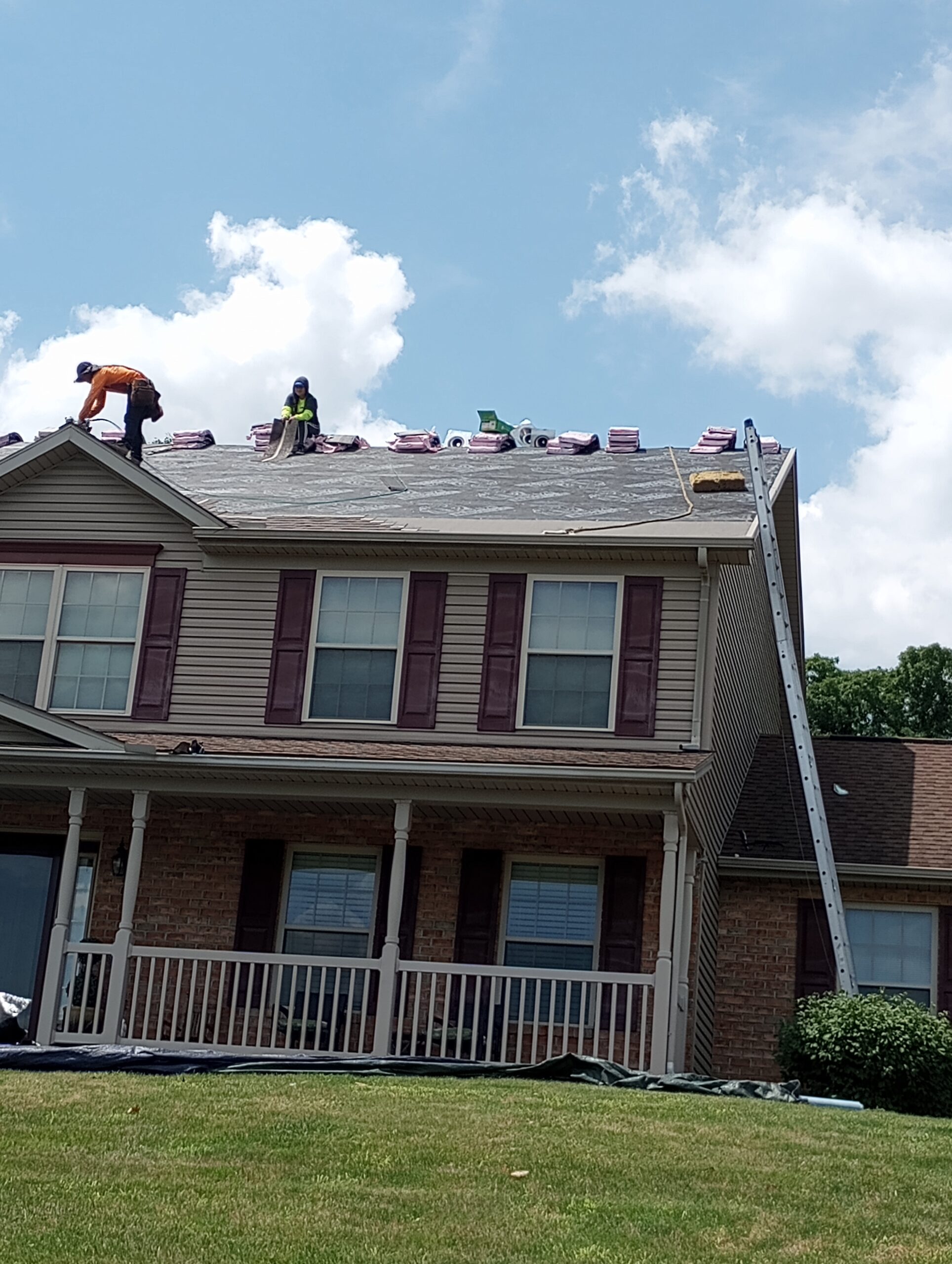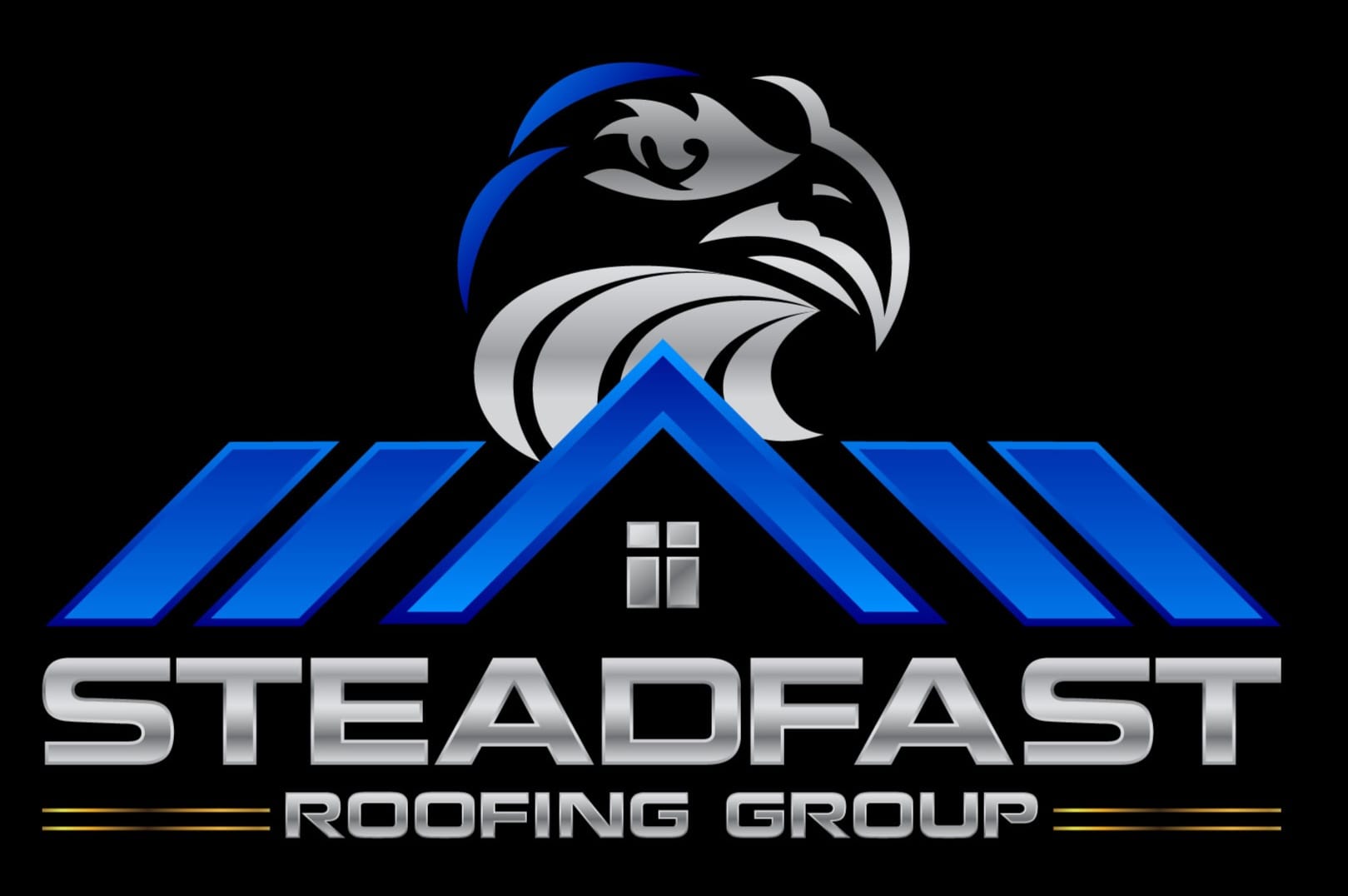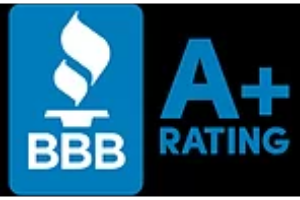Flat roofs are a popular choice for commercial roofing due to their reliable protection from the elements and low price. However, there are both pros and cons associated with flat roofs that potential clients should consider before making a decision.
Flat roofs offer several advantages over pitched ones, such as reduced material costs, greater wind resistance, easier maintenance access and increased interior space. For those looking to save money on roof installation without compromising quality, this is often the right option.
On the other hand, there are some downsides to using them including issues with drainage, limited insulation options and susceptibility to strong winds. It is important to understand each of these aspects of flat roofs in order to make the best choice for your commercial property.
Cost Savings
Flat roofs are a popular option for commercial roofing due to their cost savings. With minimal labor and materials required, flat roofs have the potential to save businesses money on their roof installation costs compared to other types of roofing systems.
In addition, flat roofs can be designed with energy-efficient features that result in lower utility bills over time. As an extra benefit, many flat roofs also offer aesthetic appeal when installed correctly–giving buildings a modern look that stands out from traditional sloped roofs.
Flat roofs provide commercial properties with an economical choice for both practical and decorative purposes.
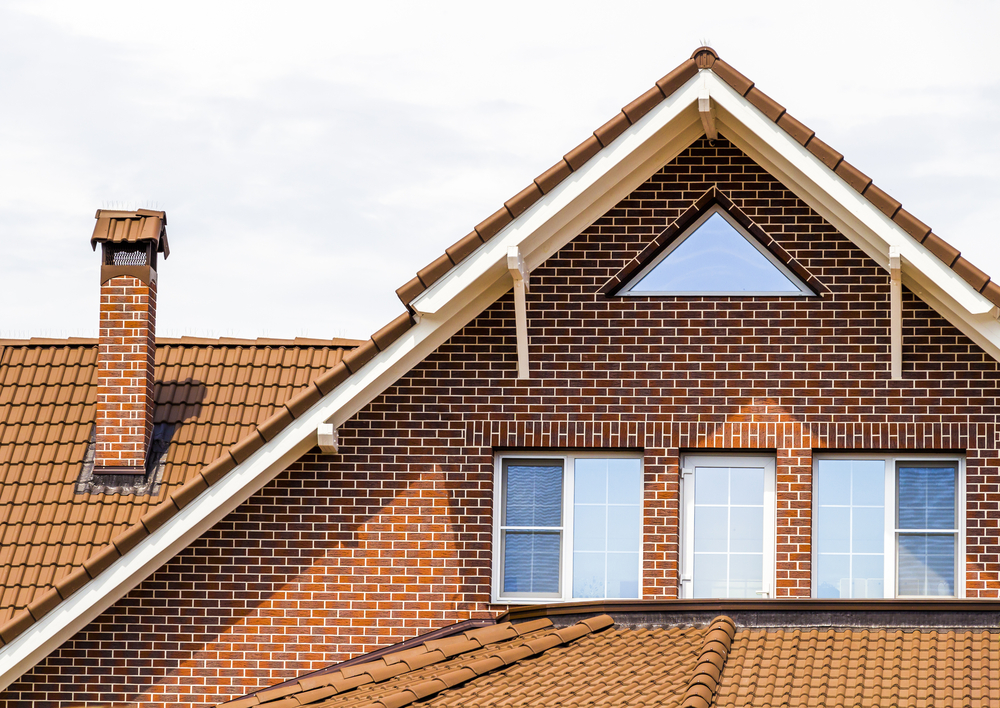
Wind Resistance
The flat roof offers an improved wind resistance compared to other types of commercial roofs. This is due to the fact that flat roofs provide greater surface area, which allows them to distribute air pressure more evenly than their counterparts.
As a result, they are able to better resist severe weather conditions such as hurricane-force winds, ensuring storm protection for buildings and occupants underneath. Furthermore, due to its large surface area, a flat roof can also help with heat retention in cold climates during winter months by absorbing and redirecting solar energy into the building below it.
With proper insulation and ventilation systems installed on a flat roof, businesses will be able to save money on their heating bills.
Maintenance Accessibility
Flat roofs offer a number of advantages when it comes to maintenance accessibility. Installing or replacing equipment on flat roofs is often much easier than with sloped roofs as there are no steep angles that need to be navigated.
Flat roofing also offers more freedom in terms of long-term planning, allowing businesses to install and service larger pieces of equipment without worrying if they will fit onto the roof due to space constraints caused by slopes. In addition, businesses can take advantage of energy efficiency improvements such as solar panels which may not be possible with a sloped roof due to practical considerations.
Overall, flat roofs provide an excellent platform for commercial building owners who wish to have better access for maintenance purposes while taking into account future growth and energy efficiency opportunities. Businesses utilizing flat roofing should keep in mind potential drawbacks associated with water pooling and increased weight loads from snow buildup during winter months. With proper installation techniques and regular inspections, these issues can be mitigated significantly.
Interior Space
Overall, flat roofs offer both advantages and disadvantages when it comes to commercial roofing. Maintenance accessibility is one of the main benefits in comparison to other types of roofs; however, considerations should be taken into account for interior space as well.
When considering fire prevention, a flat roof may not provide the same level of protection from flames compared to sloped roofs with large overhangs. That said, there are ways to mitigate this risk including installing fire-resistant materials and having proper insulation in place.
In addition, flat roofs can have an improved level of energy efficiency due to their ability to collect solar radiation through photovoltaic panels or solar thermal systems. This can help reduce energy costs significantly while also providing environmental benefits by lowering carbon emissions.
Furthermore, since they require less material than sloped roofs, building owners are able to maximize available interior space without compromising on aesthetics.
Drainage Issues
Flat roofs are a popular choice for commercial roofing, due to their attractive aesthetics and wide range of useful features. However, these roofs come with several drainage issues that must be addressed before installation.
Proper waterproofing is essential in preventing moisture from penetrating the interior of the building, while thermal control helps maintain comfortable temperatures throughout the year. Without sufficient waterproofing or insulation, there can be serious problems such as water leakage and excessive heat gain during summer months.
Furthermore, standing pools of water on flat roofs can cause structural damage over time if not properly addressed. To ensure long-term performance, it is important to invest in quality materials and expert craftsmanship when installing a flat roof.
With proper maintenance and care, these roofs can provide years of reliable protection against the elements.
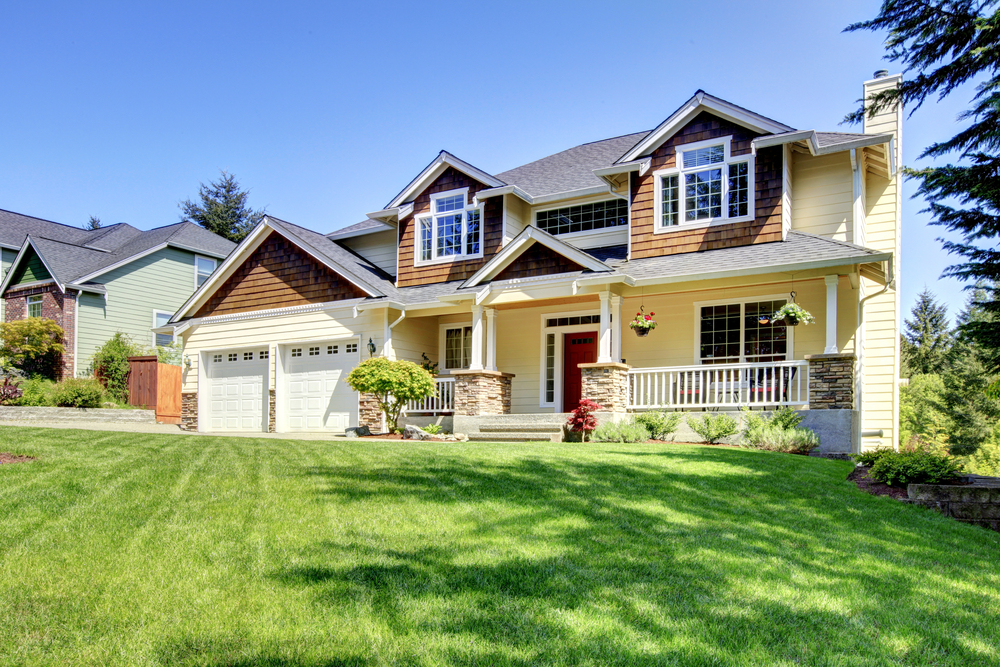
Insulation Options
Flat roofs provide a distinct advantage when it comes to insulation options, as they are more conducive to the installation of multiple layers. A multi-layered system can be tailored to particular needs and locations, offering effective protection against heat transfer and weatherproofing.
Alternatively, single layered systems may be used on flat roofs, but these tend not to offer the same level of efficiency and durability. A variety of materials can be chosen for insulation purposes – everything from rubberized membranes, spray foam or traditional fibreglass batten systems.
Depending upon budget considerations, each type will have its own advantages in terms of cost effectiveness and energy savings over time. Ultimately, however, the choice should rest solely with ensuring that the best possible protection is provided for the building’s occupants.
Susceptibility To Wind Damage
Flat roofs offer several advantages for commercial roofing, including easy installation and maintenance. However, these roofs are also susceptible to wind damage due to their design.
To reduce the risks of this type of damage, it is important to take proper weatherproofing measures when installing a flat roof. A key factor in protecting against wind damage is proper insulation.
A well-insulated flat roof can ensure good thermal efficiency while providing adequate protection from strong winds. Adding additional weatherproofing features such as seals around all joints and seams helps protect the structure from moisture infiltration and potential structural damage caused by high winds.
Additionally, choosing materials that have been tested for their resistance to wind forces should be considered when selecting a material for your flat roof.
